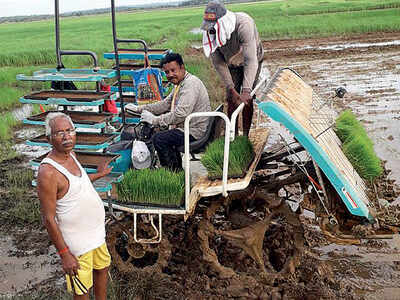
Goa felt the lockdown on its palate. The supply of vegetables from Belagavi in Karnataka, and Kolhapur, Nashik and Solapur in Maharashtra dried up. Shrivelled beans demanded plump prices. Ashok Dande, an organic farmer in Taleigao village, was among the few who didn’t feel the shortage. He’s grown fruit and vegetables in his garden for almost 60 years. “Because we depend on other states for vegetables, we have to accept substandard produce,” Dande voices disapproval. “It is not too late to start cultivation of crops within the state.”
It’s a view shared by many Goans now. Kitchen gardens are back in vogue after a long time as people try to grow their own food in the comfort of their home. In villages, fallow lands are being ploughed after years, even decades. The lessons of the lockdown are not lost. “We bought rice for thrice the price,” says Elsa Fernandes, a resident of Santa Cruz who is studying environmental architecture. “It was down to not using the land we have. Only agriculture can support us when every other sector shuts down.”

Santa Cruz has khazan (reclaimed) lands bordering other villages and the capital, Panaji, that were left fallow because the sluice gates on a stream and the bund were not maintained. But during the lockdown, the village residents formed two new farmer associations and identified land in three wards for cultivation. In fact, community farming has caught on across the state in the past few months. Nestor Rangel, who pioneered community farming in the island village of St Estevam in 2018, says he is flooded with enquiries.
Read more from this series“We are growing paddy in July, and after harvesting it, we’ll sow pulses and vegetables in November-December,” says Olavio Fernandes, one of the new farmers in Santa Cruz. Altogether, 50 villagers have started farming the khazan lands that stretch over the neighbouring villages of Dongrim and Neura. In Neura, farmers have planted paddy seedlings on the khazans. In Dongrim, the khazans were submerged for 25 years, but now the water has been drained and bunds built around the land.
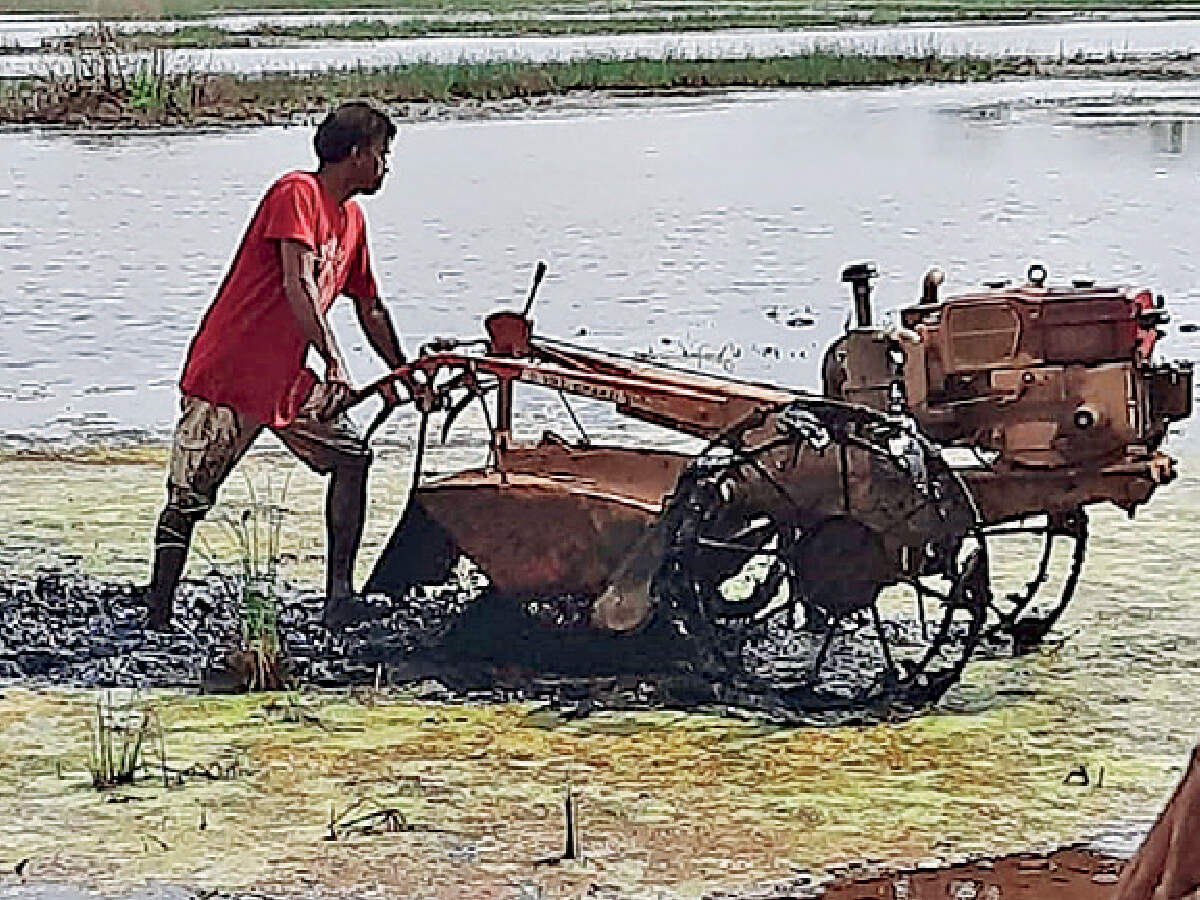
Perpetua Araujo, a retired school teacher, is showing the way on the island of Divar, where she has leased 8,000 sq m. “After growing rice in the Kharif season and vegetables in the Rabi season, I intend to take up hydroponics (growing plants in water instead of soil),” she says.
The Goa government is helping farmers with a 50% subsidy on vegetable seeds. State agriculture director Nevil Alphonso says the number of applicants for the subsidy has doubled this year.
(This story is part of a series in association with Facebook. Facebook has no editorial role in this story.)
It’s a view shared by many Goans now. Kitchen gardens are back in vogue after a long time as people try to grow their own food in the comfort of their home. In villages, fallow lands are being ploughed after years, even decades. The lessons of the lockdown are not lost. “We bought rice for thrice the price,” says Elsa Fernandes, a resident of Santa Cruz who is studying environmental architecture. “It was down to not using the land we have. Only agriculture can support us when every other sector shuts down.”

Santa Cruz has khazan (reclaimed) lands bordering other villages and the capital, Panaji, that were left fallow because the sluice gates on a stream and the bund were not maintained. But during the lockdown, the village residents formed two new farmer associations and identified land in three wards for cultivation. In fact, community farming has caught on across the state in the past few months. Nestor Rangel, who pioneered community farming in the island village of St Estevam in 2018, says he is flooded with enquiries.
Read more from this series“We are growing paddy in July, and after harvesting it, we’ll sow pulses and vegetables in November-December,” says Olavio Fernandes, one of the new farmers in Santa Cruz. Altogether, 50 villagers have started farming the khazan lands that stretch over the neighbouring villages of Dongrim and Neura. In Neura, farmers have planted paddy seedlings on the khazans. In Dongrim, the khazans were submerged for 25 years, but now the water has been drained and bunds built around the land.

Perpetua Araujo, a retired school teacher, is showing the way on the island of Divar, where she has leased 8,000 sq m. “After growing rice in the Kharif season and vegetables in the Rabi season, I intend to take up hydroponics (growing plants in water instead of soil),” she says.
The Goa government is helping farmers with a 50% subsidy on vegetable seeds. State agriculture director Nevil Alphonso says the number of applicants for the subsidy has doubled this year.
(This story is part of a series in association with Facebook. Facebook has no editorial role in this story.)
Download
The Times of India News App for Latest India News

Coronavirus outbreak
Trending Topics
LATEST VIDEOS
India
 Covid lessons: Government to boost drug and medical device production
Covid lessons: Government to boost drug and medical device production  Five Rafale jets land in UAE on way to India
Five Rafale jets land in UAE on way to India  Watch: Rhinos spotted near Morigaon’s Range office campus in search of food
Watch: Rhinos spotted near Morigaon’s Range office campus in search of food 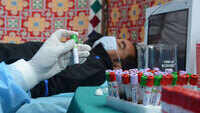 India's Covid-19 fatality rate falls to 2.28%: Health ministry
India's Covid-19 fatality rate falls to 2.28%: Health ministry 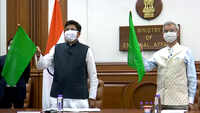 S Jaishankar, Piyush Goyal hand over 10 locomotives to Bangladesh Railways
S Jaishankar, Piyush Goyal hand over 10 locomotives to Bangladesh Railways 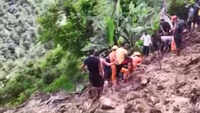 Houses collapse in Pithoragarh following cloudburst, two feared trapped
Houses collapse in Pithoragarh following cloudburst, two feared trapped
More from TOI
Navbharat Times
Featured Today in Travel
Quick Links
Coronavirus in MumbaiCoronavirus in KolkataCoronavirus in HyderabadCoronavirus in DelhiCoronavirus in BangaloreCoronavirus symptomsCoronavirus in IndiaWhat is CoronavirusCoronavirus NewsSolar EclipseNPRWhat is NRCCAB BillCAB and NRCRTI BillPodcast newsLok SabhaShiv SenaYSRCPCongressBJP newsUIDAIIndian ArmyISRO newsSupreme Court
Get the app



